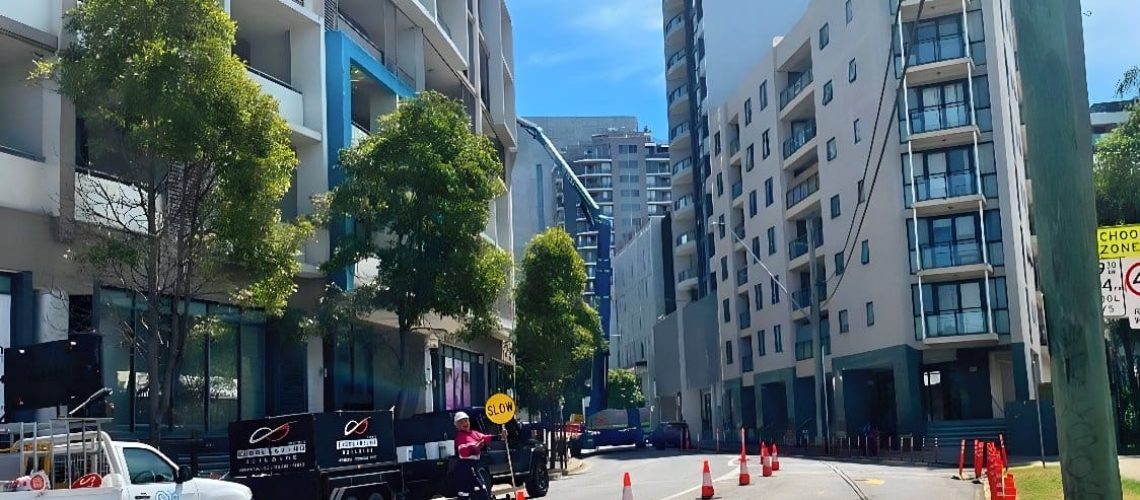Working outdoors under the warmth of the sun can be invigorating, especially for those in road construction. However, as temperatures rise and the sun’s rays intensify, it becomes essential to prioritize the protection of your body from harmful UV rays, heat exhaustion, and other potential dangers associated with working in the heat.
Protecting Your Skin from Sun Exposure
Extended exposure to the sun puts you at a higher risk of severe sunburns and, more importantly, skin cancer. In work zones, reflective materials like concrete, water, clothing, and signage can further increase sun exposure, heightening the risk. To decrease the risk of prolonged sun exposure, consider the following measures:
- Wear sunscreen: Even if you don’t think you need sunscreen, it is highly recommended. Choose a high Sun Protection Factor (SPF), apply it at least 30 minutes before sun exposure, and reapply every 2 to 3 hours.
- Wear proper gear: Opting for shorts and a t-shirt might seem appealing in the heat, but they do very little to protect you from the sun. AllSafe Traffic advises workers to wear safety glasses with tinted and polarized lenses, a long-sleeved shirt and pants, and a broad-brimmed hat with a neck flap.
Being Aware of Heat-Related Illnesses
The sun not only poses a danger to your skin but also threatens your overall health, potentially leading to severe consequences. Familiarize yourself with the various levels of heat-related illnesses:
- Heat stress: The initial stage of heat illness, caused by heat exposure combined with factors such as high humidity, synthetic clothing, dehydration, and elevated body temperature.
- Heat exhaustion: The second level of heat illness, characterized by symptoms such as fever, excessive thirst, nausea, clammy skin, confusion, and muscle aches. Heat exhaustion is particularly dangerous as it can progress to heatstroke.
- Heatstroke: The most severe level of heat illness, which can be life-threatening. Heatstroke, if left untreated, can cause damage to the brain, heart, kidneys, and muscles. Symptoms include a high body temperature, delirium, rapid breathing, and more.
Preventing Heat-Related Illness in Your Work Zone
To mitigate the risk of heat-related illnesses, implement the following heat safety tips in your work zone:
- Stay hydrated: Drink plenty of water and avoid alcohol. It is recommended to consume at least 4 cups of water every hour, roughly one cup every 15 minutes. Alcohol should be avoided as it contributes to dehydration.
- Take regular breaks: Ensure that you schedule regular rest breaks throughout the day. These breaks allow your body to recover and regulate its temperature more effectively.
- Maintain physical fitness: Engaging in regular physical fitness activities helps lower the risk of heatstroke. Individuals with excess weight tend to retain more heat, making them more susceptible to heat-related illnesses.
- Look out for your co-workers: Be observant and vigilant. If you notice a co-worker exhibiting signs of heat illness or sunburn, seek immediate assistance for them.
At NonStop Traffic Control, the safety of road workers is our top priority. We are dedicated to creating safe work zones for all road users and ensuring the well-being of those working within the zones.

